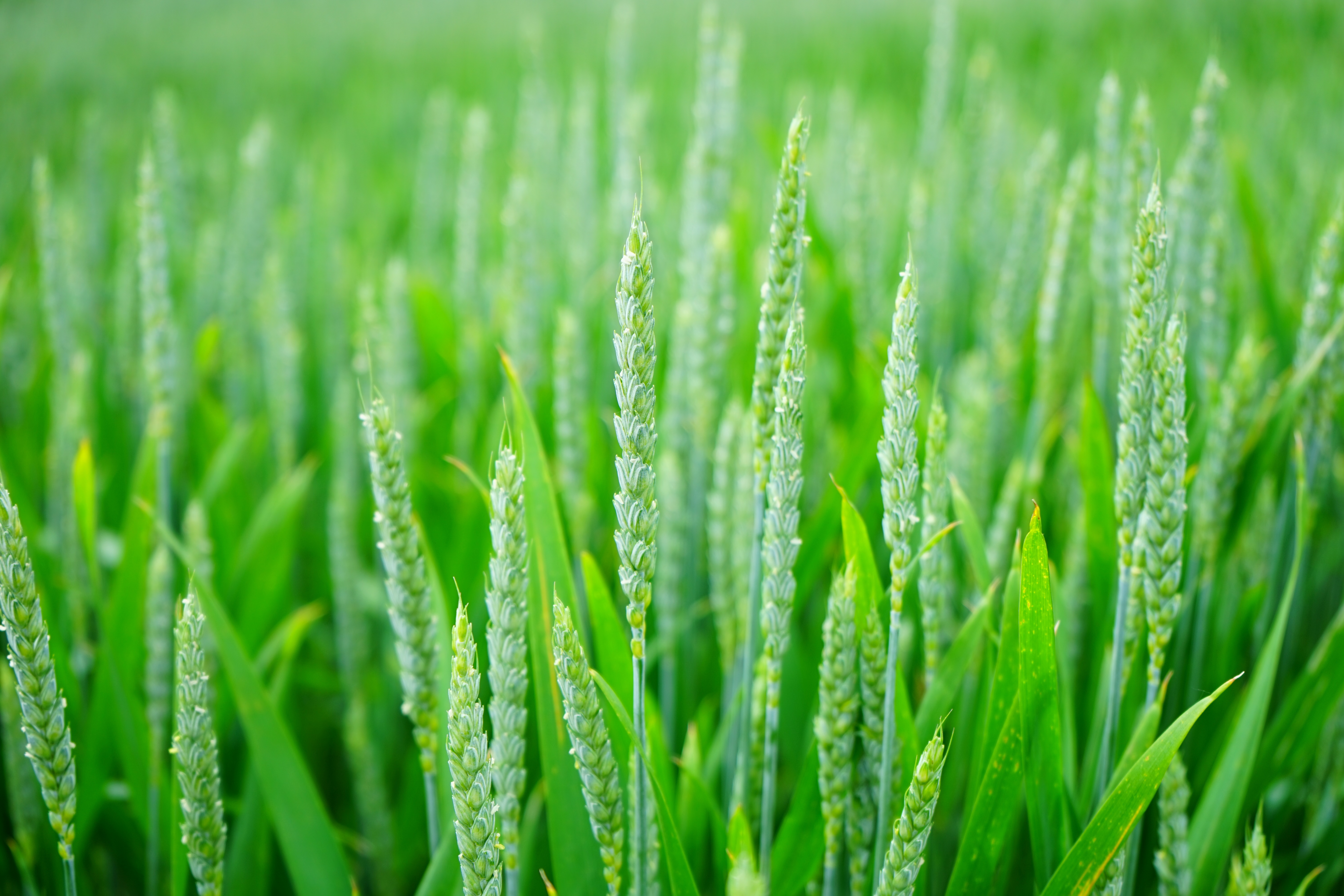Baby Steps – Profile in Soil Health
Moving Beyond Sustainability into a Regenerative System
Ezra Lakey started Lakey Farms in 1945 with a focus on small grain production. Half the acres were in small grains and the other half were summer fallow, with the occasional plow down nitrogen pea crop. The farm progressed and grew through the years as did the family. Ezra’s five children all helped on the farm, but Dwight and his younger brother Jerry were the two who were most involved. Dwight’s eldest son, David, returned after college to the farm to help the operation grow to nearly 9,000 acres at one point. With the passing of Ezra in 2009 and the retirement of Jerry, additional help was needed. At that time, Dwight’s youngest son, Dan, was 2 years out of college where he had obtained a bachelor’s degree in Business Management and was living in Twin Falls working in outside sales. With the pending birth of his first child, the desire to raise his children on the farm was growing. When presented with the opportunity to return to the farm, Dan and his wife, Marie, made the decision to return to the small East Idaho town.
A Legacy of Conservation
Soil conservation is nothing new to the Lakey’s. In the early 1980s, they transitioned away from moldboard plowing into chisel plowing to reduce erosion. They also incorporated water and sediment basins and contour farming for the same reason. Then in the late 1990s ,they moved away from fallowing so many dryland acres and moved to annual cropping. Dwight served on the Caribou Soil Conservation District from 1989 to 1998. Through the years, they have tried to implement the best conservation techniques of the time.
When Dan came back to the farm in 2009, changes were in the works. The Lakey’s were seeing the negative effects of using Anhydrous Ammonia (NH3) fertilizer and starting to transition away from it. Dwight was looking at incorporating mustard into their limited crop rotation. Then a JD-1895 no-till drill was purchased. Dan was tasked with figuring out how to operate it and run it. By 2013, mustard was in the rotation and giving the ground a much needed break from cereal grains, but they still were seeing some concerns on other cropland. “At that time, I thought that what we needed was a different tillage tool or something to dump out of a jug that we could use to cure the problem,” Dan recalls.
Changing Views
The farm was looking at additional tillage implements such as disk rippers and high speed vertical tillage tools to deal with compaction and residue. At one point, he thought possibly more fallowing and returning to the plow might be the answer. Then, Dan began attending soil classes in 2014.
“I started to realize that what I was seeing and treating on the cropland were merely symptoms, and they weren’t addressing the real problem,” he said.

